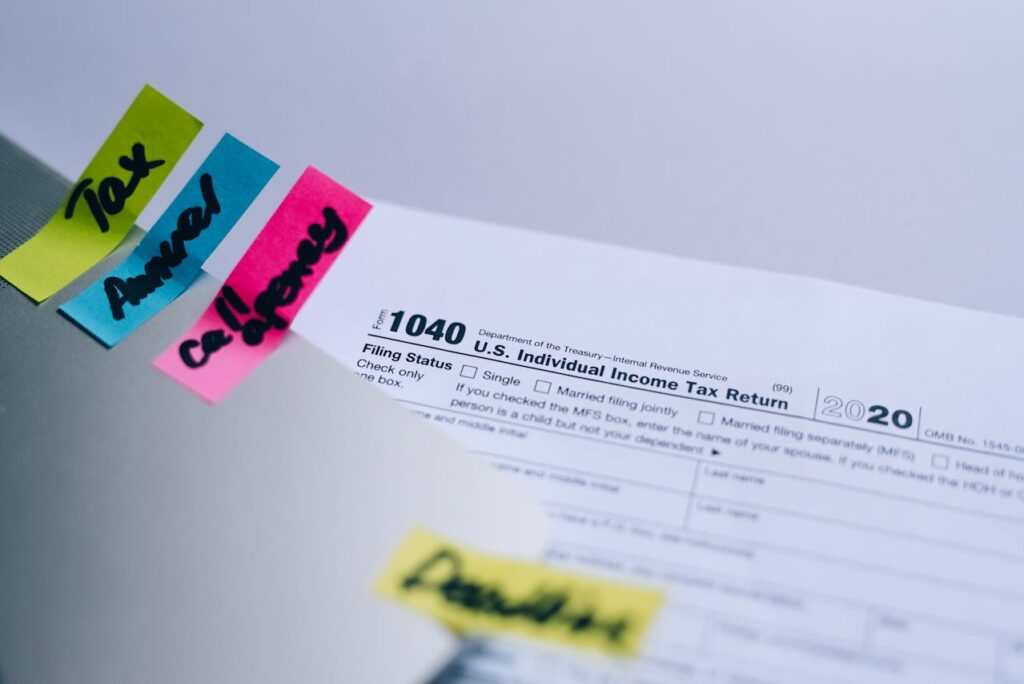Unlocking Profitability in Restaurants: How Financial Management Transforms Operations
Share On Socials Now

Boosting Restaurant Profits: How Smart Financial Management Makes All the Difference
As a successful restaurant operator, you know that great food and service are just part of the equation. To thrive in today’s competitive landscape, you need to harness the power of financial management and data. Here’s how to effectively use financial data to improve your restaurant’s operations and boost profitability.
Why Financial Data Matters
Financial data is the foundation of smart decision-making in your restaurant. Understanding these key components will help you assess your restaurant’s health:
- Revenue: This is the total income from food, drinks, and services. Keep an eye on revenue trends to spot opportunities for growth.
- Food Costs: This represents your total expenses for purchasing food and ingredients. Regularly monitor these costs to ensure they align with your sales goals.
- Labor Costs: This includes all expenses related to staffing, such as wages, benefits, and overtime. Track these costs closely to ensure they meet your operational needs.
- Overhead Expenses: These are your fixed costs, like rent and utilities. Regularly review these to find potential savings.
- Net Income: This is your profit after all expenses. Monitoring net income is vital for understanding your restaurant’s overall financial health.
By mastering these areas, you can identify what’s working and where you need to improve.
Embrace financial data as a powerful tool, and watch your restaurant thrive. Partnering with a specialized CPA can further simplify the complexities of restaurant finance, positioning your business for growth.
Key Performance Indicators (KPIs) to Monitor
To manage your restaurant’s finances effectively, focus on these essential KPIs:
- Year-over-Year Revenue Comparison: Compare your monthly revenue to the same month last year. Aim for a growth rate of 5-10% for established restaurants.
- Prime Cost Percentage: This combines your food and labor costs as a percentage of total revenue. Keeping this below 65% is important for financial health.
- Gross Profit Margin: This shows how much money you keep after covering prime costs. It helps you understand pricing efficiency.
- Net Operating Income (NOI): Calculate this by subtracting operating expenses from total revenue. This metric indicates how profitable your core operations are.
- Net Profit Margin: This is the percentage of revenue remaining after all expenses, typically between 3% and 15% for restaurants.
Monitoring these KPIs allows you to make informed decisions that enhance your bottom line.
Using Sales Data for Better Performance
Sales data can reveal valuable insights to improve your operations:
- Menu Engineering: Identify which dishes are high-margin and adjust pricing to boost sales.
- Inventory Management: Align your inventory purchases with sales trends to reduce waste.
- Staff Scheduling: Use sales data to optimize staff levels during busy and slow times.
Smart Budgeting and Forecasting
Good budgeting and forecasting are key for planning your restaurant’s future:
- Historical Data Analysis: Look at past performance to create realistic budgets and set achievable financial goals.
- Scenario Planning: Prepare for different market conditions by creating multiple budget scenarios.
- Regular Reviews: Compare your actual performance against your budget to catch any discrepancies and make adjustments.
Improving Operational Efficiency
Financial data can highlight ways to enhance your restaurant’s efficiency:
- Cost Control: Regularly review your operating expenses to find areas where you can save without sacrificing quality.
- Inventory Turnover: Monitor how quickly you sell and restock items to avoid overstocking or understocking. Aim for a turnover rate of 6-12 times per year.
- Energy Management: Check your utility bills for ways to cut energy costs, such as investing in energy-efficient appliances.
Enhancing Customer Experience
Financial insights also play a crucial role in improving customer satisfaction:
- Customer Feedback: Combine customer reviews with sales data to spot trends and areas for improvement.
- Loyalty Programs: Use financial metrics to assess the success of loyalty programs and their impact on repeat business.
- Targeted Marketing: Use sales data to create marketing campaigns that resonate with your customers.
Embracing Technology for Financial Management
Investing in technology can greatly enhance your financial management:
- Point of Sale (POS) Systems: Modern systems like Toast offer real-time tracking of sales and inventory, making management easier.
- Accounting Software: Tools like QuickBooks or R365 provide insights into your restaurant’s financial health and simplify reporting.
- Data Analytics Tools: Advanced analytics can help you visualize trends and deepen your understanding of performance.
Seeking Professional Guidance
Navigating financial data can be complex. Partnering with a CPA firm that specializes in restaurant accounting can provide valuable support:
- Expert Analysis: CPAs can interpret your data and offer tailored insights for your restaurant.
- Tax Planning: Professionals can help you navigate tax regulations and optimize your tax strategy.
- Strategic Advice: With industry expertise, CPAs can offer guidance on budgeting, forecasting, and operational improvements.
Conclusion
Utilizing financial data effectively can transform your restaurant operations, enhancing profitability and ensuring long-term success. By focusing on key metrics like revenue comparisons, prime costs, and net operating income, you can make informed decisions that lead to improved performance.





